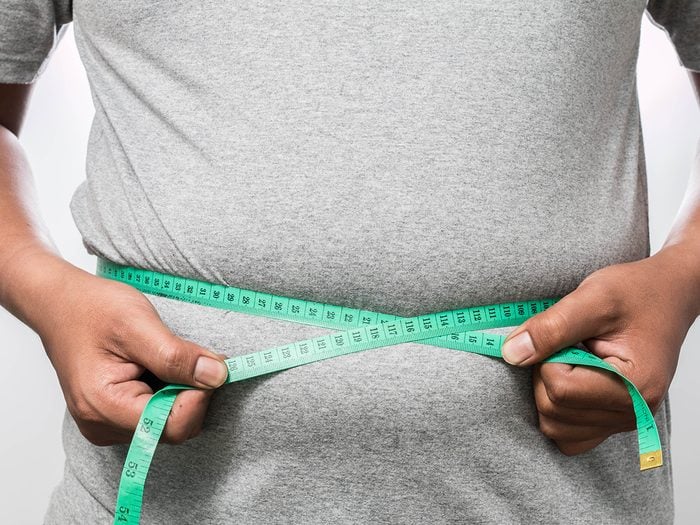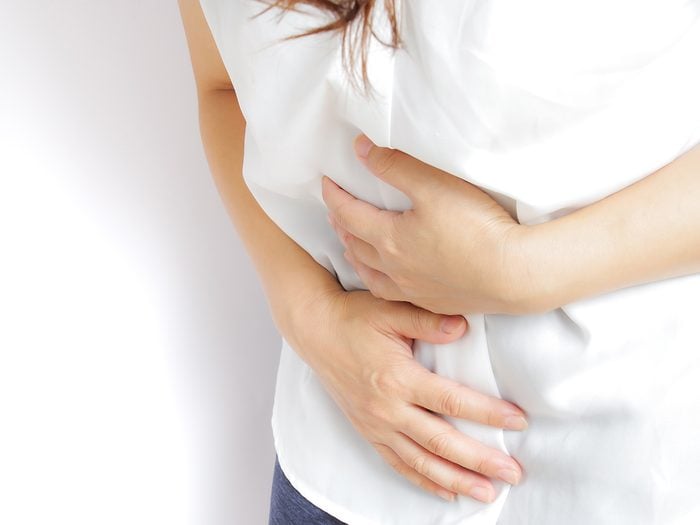
What causes Fatty Liver Disease?
We can no longer blame fatty liver disease on booze. Up to one-third of the population in developed countries is walking around with fat buildup in their livers, a health condition that occurred mainly in heavy drinkers until a few decades ago. But nowadays, cases linked to obesity and diabetes outnumber those related to alcohol. In fact, the risk of developing the condition increases with a waist circumference of more than 102 centimetres in men and 88 centimetres in women.

Symptoms of Fatty Liver Disease
A complication-free case of non-alcoholic fatty liver disease (NAFLD) is relatively harmless—if there are symptoms, you might mainly notice fatigue or stomach discomfort. However, somewhere between five and 20 percent of the time, NAFLD develops into liver inflammation, also known as non-alcoholic steatohepatitis (NASH). With NASH comes a heightened risk of cirrhosis (severe scarring), liver cancer and other potentially fatal developments. If and when a fatty liver sparks a cascade of damage, “the progression to end-stage disease typically takes around 10 years,” says Dr. Andreas Geier, head of hepatology at the University Hospital of Würzburg in Germany.
Find out 20 symptoms you should never ignore.

Treating Fatty Liver Disease
Suppose your doctor has diagnosed you with NAFLD after administering a blood test, imaging procedure or liver biopsy. Now what?
There are no reliable drugs for this condition, but shedding any extra weight will help slow—or halt—the disease’s progress. Aim for a moderate pace: losing more than a pound or two per week can actually aggravate a fatty liver, according to a patient primer from American Family Physician. If you’ve tried to slim down in the past but haven’t succeeded, consider asking a doctor or nutritionist for help.
Although alcohol isn’t the cause of NAFLD, it still puts extra stress on the liver and is best avoided by people with this condition. If you can’t realistically become a teetotaller, cut down as much as you can manage.
Brush up on what booze really does to your body.

Living with the Condition
To keep tabs on how your liver is doing, Geier suggests visiting a GP every two years or so (unless you have NASH, in which case you should be going in every six months). Happily, the odds of keeping NAFLD under control are in your favour—especially if you maintain a healthy body weight. In a certain way, a fatty liver is a signal that a change of course could help you evade trouble down the road.
Now that you know the symptoms of fatty liver disease, find out how to improve your gut health in 10 steps.